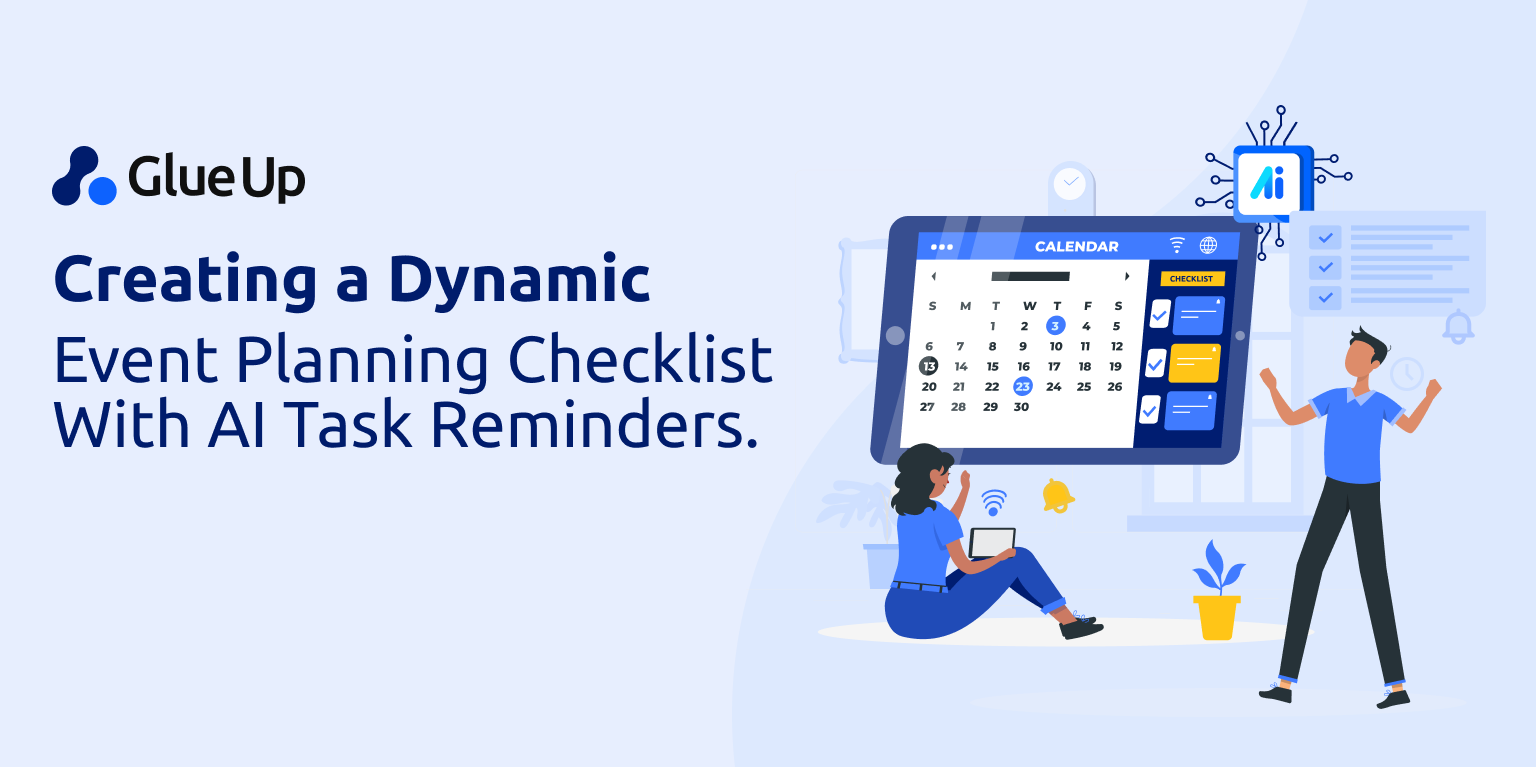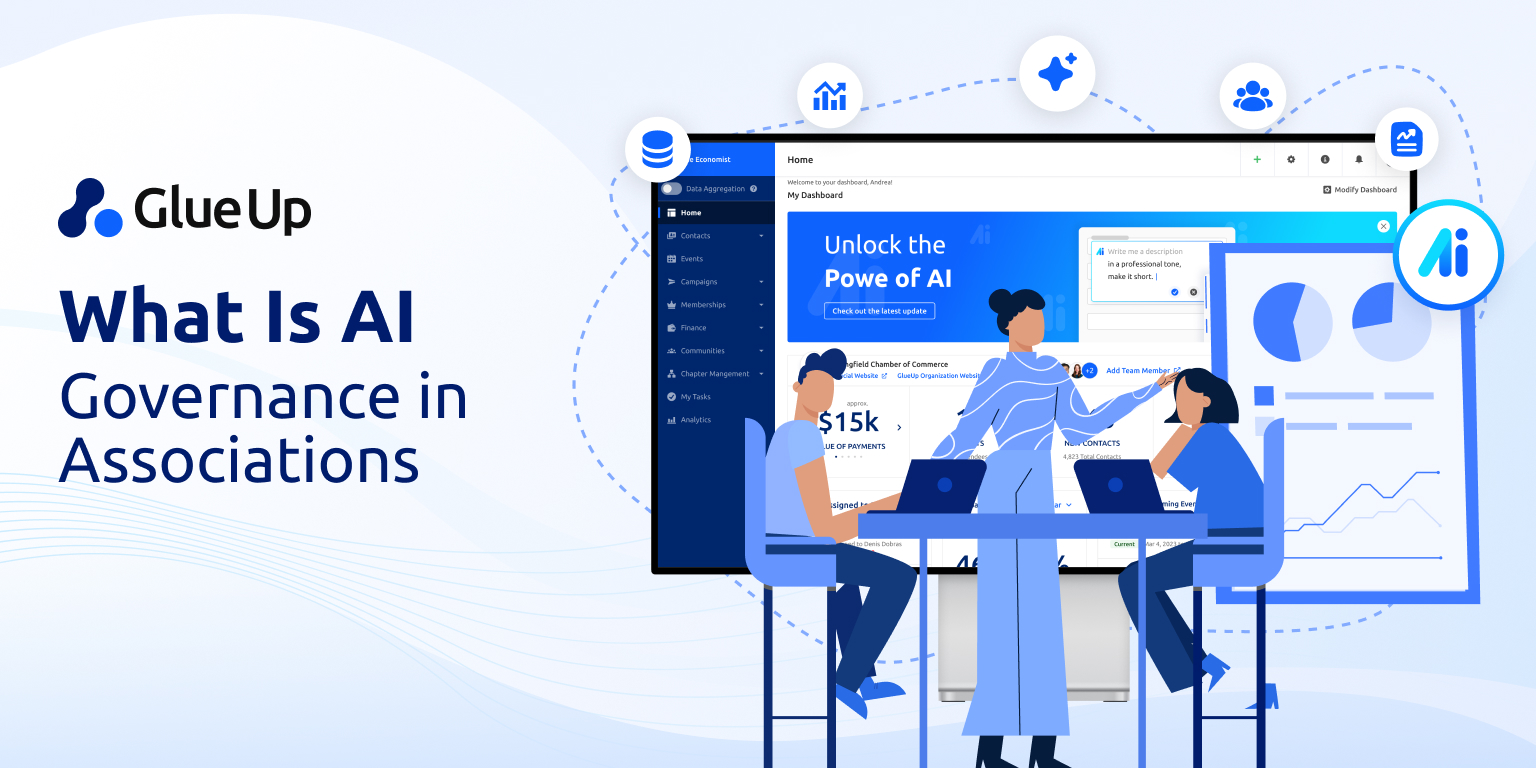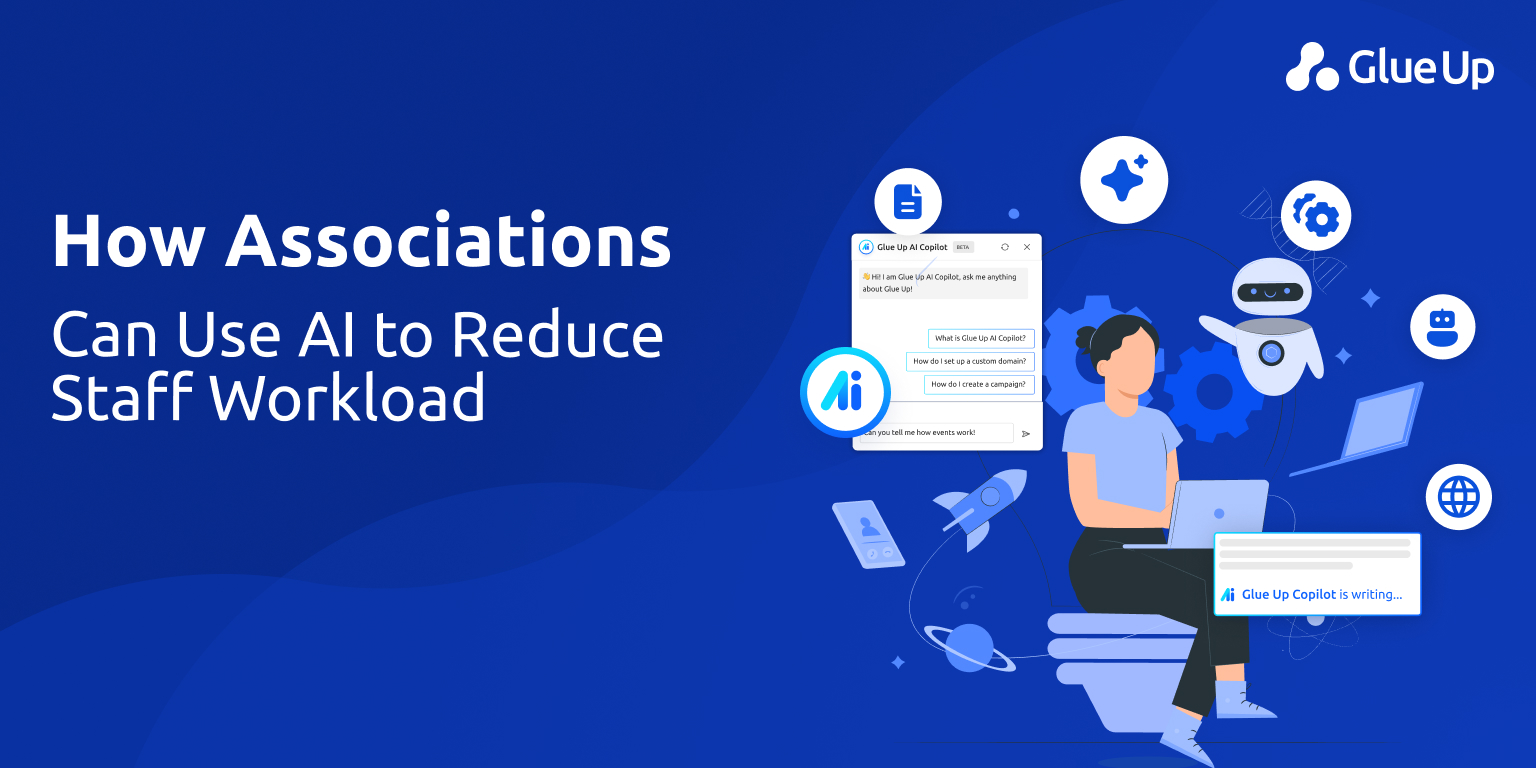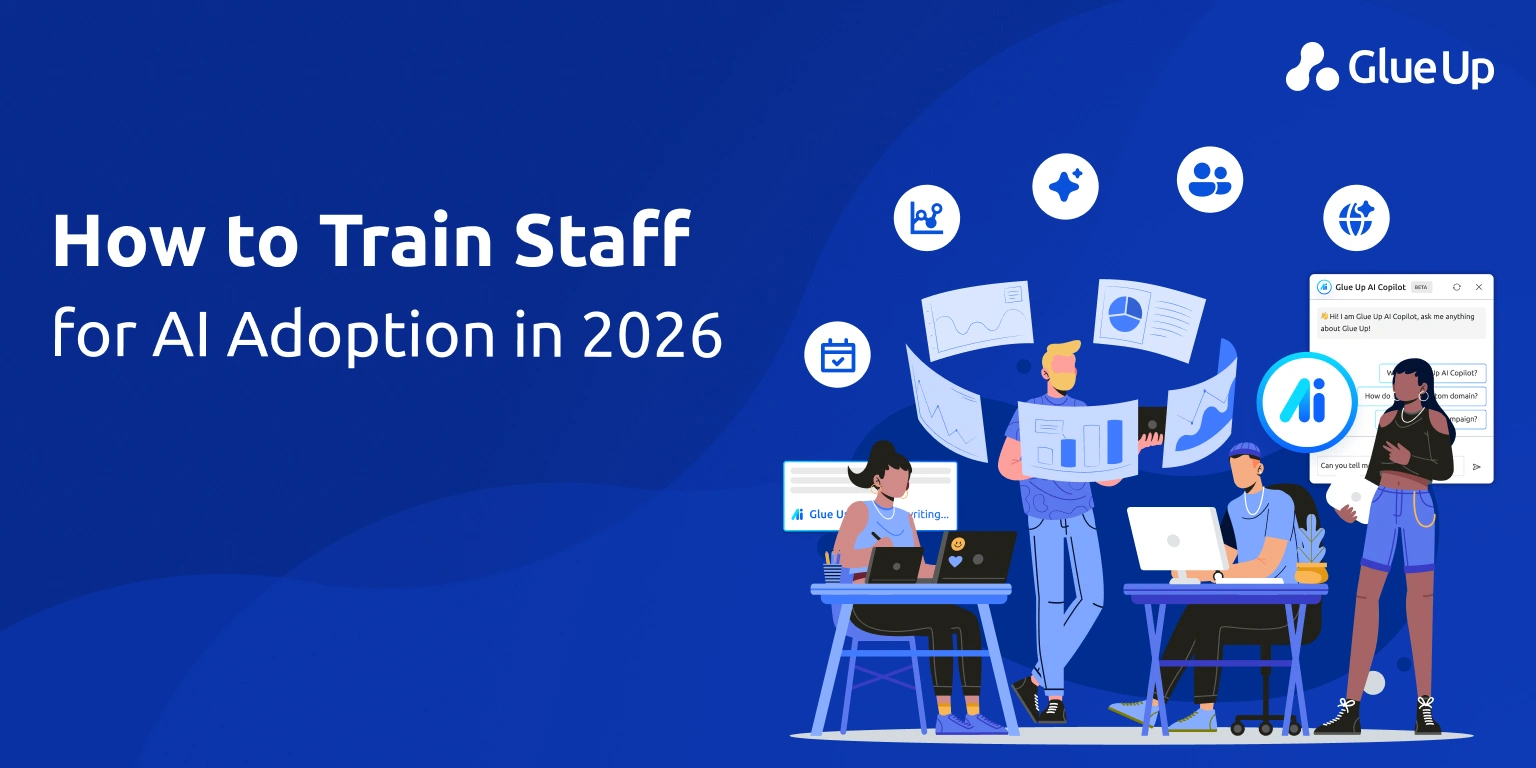
An event planning checklist is only helpful if it can keep up. But the moment your venue changes, a vendor goes quiet, or a session gets moved, your spreadsheet starts lying. The timeline is off, task owners are out of sync, and manual rework eats into the hours you don’t have. That’s what makes static planning tools dangerous: they look organized until they quietly break.
That’s where AI task reminders step in. They react in real time to deadline shifts, missed dependencies, and changing requirements, automatically rescheduling tasks, alerting stakeholders, and keeping everything aligned behind the scenes.
They don’t just make your checklist digital. They make it dynamic. That’s the moment where most checklists stall right when execution begins.
Where Manual Planning Fails Modern Teams
Spreadsheets and handwritten checklists might work for single-room luncheons. However, large associations often deal with overlapping sessions, remote speakers, sponsor deliverables, real-time capacity tracking, and boards that require weekly reports. A static event organization checklist can’t handle all that.
Picture this: a regional chapter’s annual summit experiences a 15% drop in post-event NPS. Why? A sponsor’s video reel didn’t make it to the AV team because the asset was buried in a five-tab Excel sheet that no one opened in time. It’s not just a mistake, it’s a missed renewal.
Checklists aren’t the problem. It’s the format. What starts as a well-structured task list collapses the moment reality forces change. And there’s no way to adapt quickly when your system wasn’t built to respond.
Smart tools don’t just digitize your list; they adapt to everything your event throws at them.
Five Foundations of a High-Impact Event Checklist
A checklist is only as good as its structure. Before adding automation or AI, you need a strong planning backbone that keeps your event team aligned and focused. Here are five pillars that every modern planning checklist should include:
Timeline Backbone
Map deadlines backward from the event date. This approach ensures that every upstream task, such as content creation or sponsor asset collection, happens with room for adjustment.
Role Assignments
Avoid crossed wires by assigning clear task owners. When two people assume someone else is handling a deliverable, it usually gets dropped.
Dependency Mapping
Some tasks block others. Flag them. For example, your ticket launch depends on a signed venue contract. If one slip occurs, the entire timeline shifts.
Real-Time Visibility
Everyone, staff, board, and sponsors, should see the same dashboard. No need to chase updates across email threads or random sheets.
Version Control
There should be one version of the truth. Rogue spreadsheets or outdated PDFs are how mistakes get made.
A solid structure is essential. But structure alone won’t save your schedule; intelligence is the game-changer.
Activating AI Task Reminders
Once the structure is in place, AI task reminders make your checklist responsive. Instead of waiting for humans to notice what’s late, what’s changed, or what’s stuck, the system moves first. It adjusts timelines, escalates priority tasks, and keeps your entire workflow running smoothly in real-time.
Here’s how it works:
- Smart rescheduling: Speaker drops out? AI auto-shifts the rehearsal schedule, notifies the A/V team, and updates the session slate instantly.
- Priority scoring: High-impact tasks, such as sponsor deck approvals or VIP confirmations, automatically rise to the top when deadlines are tightening.
- Stakeholder nudges: If VIP badges aren’t queued for print within 48 hours, the board chair receives a Slack ping with a task link and timestamp.
These reminders aren’t just notifications; they’re adaptive. They respond to dependencies, importance, and sequence, so no one’s left guessing what comes next.
Once timing is under control, the next pressure point is physical space, and venue logistics rarely remain static.
Venue Tracking and Logistics at Scale
Even a flawless checklist falls apart if it can’t keep up with a moving target, and the venue is often your biggest wildcard. From last-minute floor plan adjustments to shifting capacity rules and versioned contracts, your logistics needs live oversight, not back-and-forth emails.
Dynamic checklists with venue tracking features monitor:
- Layout changes and space reallocations
- Real-time guest count updates
- Contract version control
- Setup progress for A/V, catering, and accessibility
Mini-Sidebar: Red Flag Metrics
- Occupancy hits 90%? The system triggers auto-expansion or overflow seating.
- Fire code adjustments made by venue staff? Auto-notified to your ops lead.
- A/V walk-through incomplete 24 hours before go-live? Escalated to the vendor manager instantly.
Your venue is more than a place; it’s a dynamic entity with its timeline, and it’s one of the easiest places for missed details to turn into major risks. Logistics are only as strong as your data, and that starts at the very first touchpoint: registration.
QA Your Registration Form Like It’s a Product Launch
Your registration form isn’t just the first interaction guests have with your event; it’s also where data trouble begins if you’re not careful. Broken fields, mistyped emails, and missing member IDs can derail everything from check-in to follow-up.
With automated registration form QA, your checklist can flag:
- Incomplete or invalid fields
- Duplicate registrations
- Inconsistent formatting (like date fields, phone numbers, or email syntax)
- Member ID mismatches or unverified contact details
Real-World Example:
For an international leadership summit, 400 registrants were automatically sorted into time zone-specific email flows, preventing early-morning no-shows and reducing confusion around live session start times.
This isn’t just about fixing typos. It’s about protecting your attendee experience, making your check-in lines shorter, and providing a clean baseline for your post-event metrics. When the final session ends, your checklist isn’t done; it’s just changing shape.
The Post-event Follow-up Engine
A good event leaves an impression. A great one leaves a system in place to build on that impression. With smart post-event workflows, your checklist doesn’t stop when the lights go out; it kicks into another gear.
A well-structured post-event follow-up list can automatically trigger:
- Attendee feedback surveys
- Session slide deck distribution
- Sponsor ROI reports and thank-you recaps
- Speaker engagement summaries
- CRM write-backs to update interest scores and segmentation tags
Optional Metric to Include:
Events with structured follow-up sequences see up to 30% higher renewal intent among attendees and sponsors.
This is where your checklist goes from logistics to growth. It creates repeatable systems, clear engagement signals, and material for future event planning and sales conversations.
Wrap every loop, and your checklist stops being a task log; it becomes a growth engine.
Executive Dashboard Snapshot
Once your planning checklist is intelligent and responsive, it doesn’t just help your event team; it gives your executive team instant visibility. With live dashboards tied to your AI-powered checklist, leadership can spot bottlenecks, risks, and opportunities without sending a single follow-up email.
Here’s what that can look like:
KPI | Source Task | Strategic Value |
Check-in Rate vs. Registrations | Venue tracking system | Adjust staffing on-site in real time |
Sponsor Asset Compliance | AI task reminders | Trigger immediate escalation to protect revenue |
Post-Event NPS | Follow-up checklist items | Guide renewal conversations and retention plans |
This snapshot isn’t just for reporting, it’s for decision-making. When it’s tied to the same system your team is using daily, there’s no lag, no second-guessing, and no blind spots.
End the Chaos, Start Planning With Precision
Manual overrides shouldn’t be your team’s default setting. When your event planning checklist lives in static tools, every change means someone chasing an update, someone missing a deadline, and someone cleaning up the mess.
That’s not how leading associations operate.
Retire Static Lists Activate Smart Checklists
Your checklist should think, adapt, and move as fast as your event does. With AI task reminders, live venue tracking, and post-event workflows built in, you’re not just managing tasks, you’re running an operation that scales.
Want to See It in Action?
- Build a smart checklist using your real planning data
- Watch AI auto-reschedule when dates shift
- Catch registration issues before they cost you
- Export a polished sponsor wrap-up in seconds
Schedule a tailored walkthrough and see how intelligent checklists keep your events two steps ahead.



